Ritchie Blackmore’s Rainbow
Buy Ritchie Blackmore’s Rainbow Originating as a side project for Ritchie Blackmore while he was still the guitarist for Deep Purple, Ritchie Blackmore’s Rainbow turned out to be the debut studio album for […]

Buy Ritchie Blackmore’s Rainbow Originating as a side project for Ritchie Blackmore while he was still the guitarist for Deep Purple, Ritchie Blackmore’s Rainbow turned out to be the debut studio album for […]
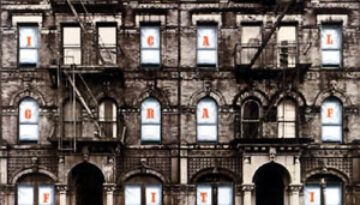
Buy Physical Graffiti Today we cover an album that epitomizes everything that is great about classic rock. Through their dozen years as a band, Led Zeppelin released eight studio albums, all of which were […]
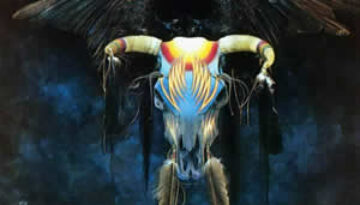
Buy One of These Nights A very diverse record which proved to be The Eagles major breakthrough album, One of These Nights, presents the band at a junction between their country/rock past and pop/rock […]
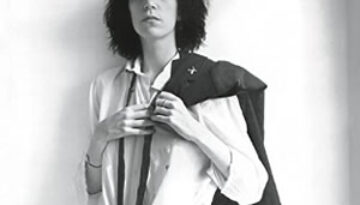
Buy Horses Horses is the 1975 debut album by Patti Smith, an album which has long become considered a breakthrough masterpiece of minimalist originality and poetic improvisation. Smith and her band had no […]
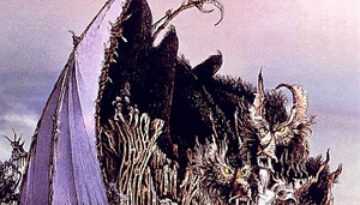
Buy Hair of the Dog Nazareth reached the pinnacle of their long career with their sixth studio album, Hair of the Dog. Produced by the group’s guitarist, Manny Charlton, the album at once […]
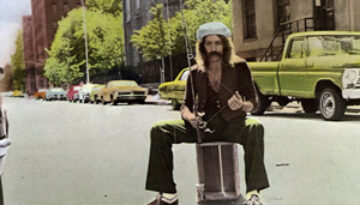
Buy Fool For the City Foghat may have set the template for the sound and tone of mainstream, 1980s “hair” rock five years before that decade even began. Fool for the City, the […]
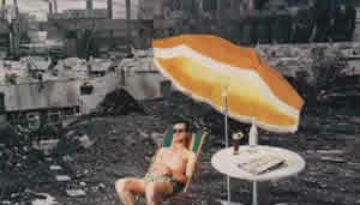
Buy Crisis? What Crisis? Crisis? What Crisis? is often overlooked in comparison to Supertramp‘s other albums from the mid to late seventies due to its relative lack of hit singles or classic rock […]
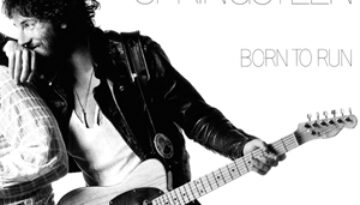
Buy Born to Run Bruce Springsteen has described the songs on Born To Run as different scenes happening on the same summer night somewhere in New Jersey and New York City. This third […]
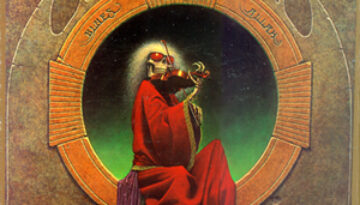
Buy Blues for Allah A unique album in the Grateful Dead‘s vast catalog, Blues for Allah, is made up of four proper songs, three instrumentals, and the bizarre, Avant Garde title suite. Produced […]
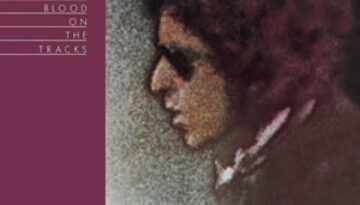
Buy Blood On the Tracks Blood On the Tracks contains all the elements of Bob Dylan‘s classic, 1960s outputs, with the staples of the acoustic guitar, the harmonica, and the poetic lyrics delivered […]